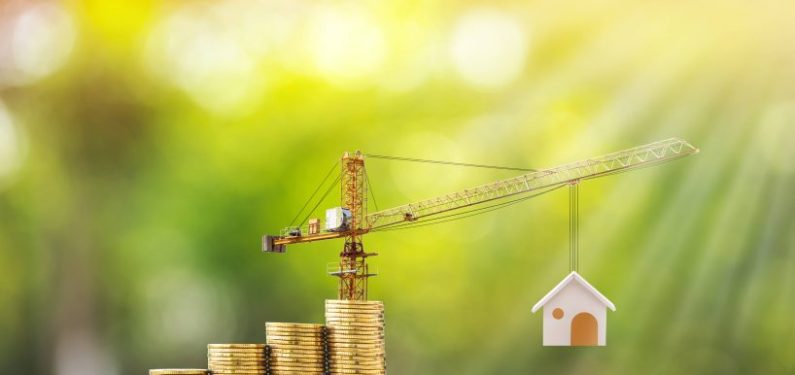
Insure to Value: Cost to Buy or Cost to Build
February 10, 2022Over the past couple of years, we have experienced a phenomenon not seen in our lifetime. The health industry, the business world, our social activity, and even our religious exercises have been disrupted beyond what we could have imagined. As a result, we are forced into making adjustments on many fronts. One such area is that of values as they relate to the real property we own; our homes, businesses, farms, etc. We seriously need to evaluate the building values we may have on our insurance policies and consider whether we have sufficient limits in the event of an unfortunate loss. You have to insure to value to make sure you’re covered; either up to the cost to buy or the cost to build.
Cost to Buy vs Cost to Build
Let’s begin by defining the difference between “market value and rebuilding value,” or replacement cost vs market value in home insurance.
What is “Market Value”?
Market value, or cost to buy, can be defined as “the value your property would be listed for if you were to put it up for sale”. This varies by location and condition of the property.
If you are in the center city, you may be able to purchase a 1500 to 2000 square foot dwelling for $200,000. If it is a “fixer-upper,” you may have to pay even less. Take that same dwelling and place it in a nice upscale subdivision and you may be able to add at least another $100,000 to the value.
So, location and condition play a vital role in the market value of the property. In most situations, market value is less than the cost to build new.
What is “Cost to Build”?
Cost to build and/or cost to rebuild has an entirely different point of reference. We now are including material and labor costs.
In the past, it was often considered a safe estimate to assume that the cost of a new home was 50% labor and 50% materials. So, a $300,000 project was $150,000 of materials and $150,000 of labor.
This formula has been upended in today’s environment. Material costs have skyrocketed, and labor costs are coming under increased pressure as the availability of “good craftsmen” is more difficult to find. In just a few short months, lumber costs are up 129%, copper wire up 156%, PVC pipe up 88% and labor costs up 5%. Also, availability is often in question which could add to cost.
So, if we are conservative and use an average increase in material costs of 60% and a labor increase of 5%, our $300,000 house will now cost $397,500. This seems drastic, but it is very possible that these are accurate numbers. In addition to increased demand, this also may be one of the reasons that current real estate prices are so incredibly strong!
How Does the Increase in Cost to Buy or to Build Affect Insurance?
How does this relate to the value you should have on your dwelling or business on your insurance policy? Often an individual will say, “Well, I paid $250,000 for the property.” That is true; but, if the property is destroyed, you cannot buy it again for $250,000 because there is nothing there to buy.
You must replace it. You now have to rebuild or repair and you are in the material and labor market. You are now contending with the current market value of materials, and you have to consider building costs and insurance protection for that.
Replacement Cost Coverage Has Requirements on the Building Limit on the Policy
If the insurance policy is a policy that provides “replacement cost coverage,” there are requirements on the building limit you need to have on the policy. Here is a simple example to illustrate how it works:
Let’s assume that two years ago the building could have been built for $100,000. If the policy requires 100% co-insurance for the replacement cost endorsement, then you would need to have a $100,000 limit of coverage on the structure.
With current building costs, let’s assume the same scenario from above, and now the cost of that building would be $132,500. The insurance company may say you are underinsured and so they will only pay you a depreciated or actual cash value of the claim.
You May Need to Increase Insurance Coverage to Insure to Value on Structures
When costs, risks, etc. increase like this, it affects your insurance, and it can also be one of the reasons your insurance increased after a claim or even during a renewal. We are seeing many companies increasing the value on structures on a policy at the renewal by as much as 12%.
This creates a substantial increase in premium, which none of us like to see. With the marketplace driving up the cost of construction, the potential for greater monetary losses is very real. It may be prudent to have a discussion with your insurance professional regarding the limits on your policies.
You may also call one of our professionals here at Ruhl Insurance for answers to your questions. We can be reached by phone at 800-537-6880 or 717-665-2283. Don’t be caught with an unmanageable bill because your insurance limits were too low!
Disclaimer: Information and claims presented in this content are meant for informative, illustrative purposes and should not be considered legally binding.

